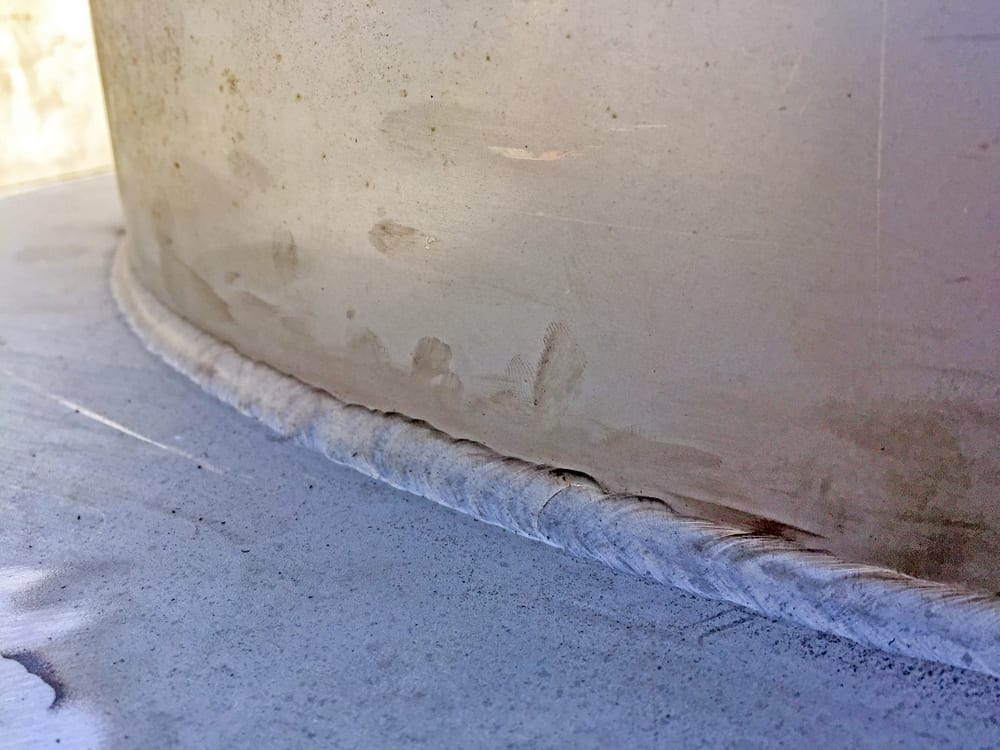Understanding the Art of Welding: Exactly How to Prevent Undercut Welding Issues for Flawless Construction Results
By understanding the root triggers of undercut welding and executing effective strategies to prevent it, welders can raise their craft to brand-new levels of quality. In the pursuit of remarkable manufacture outcomes, grasping the art of welding to stay clear of undercut problems is not simply a skill yet a necessity for those aiming for perfection in their work.
Comprehending Undercut Welding

To protect against undercut welding, welders must make sure proper welding specifications, such as changing the existing, voltage, travel rate, and maintaining the appropriate electrode angle. By comprehending the causes of undercut welding and executing precautionary procedures, welders can attain high-quality, structurally audio welds.
Root Causes Of Undercut in Welding
Recognizing the elements that contribute to undercut in welding is necessary for welders to produce high-quality, structurally audio welds. Poor welding present or inaccurate welding speed can likewise add to damage. Comprehending these causes and implementing correct welding methods can assist prevent damaging problems, making sure strong and long lasting welds.
Techniques to avoid Undercutting

To minimize the risk of undercutting in welding, welders can employ calculated welding methods aimed at enhancing the quality and honesty of the weld joints. In addition, utilizing the appropriate welding technique for the specific joint arrangement, such as weave or stringer beads, can add to minimizing undercutting.
Additionally, appropriate joint preparation, including ensuring clean base products without contaminants and utilizing the appropriate welding consumables, is important in avoiding undercut issues. Utilizing back-step welding methods and regulating the weld grain account can additionally help distribute warm equally and decrease the threat of undercut. Regular assessment of the weld joint during and after welding, as well as carrying out quality control procedures, can aid in finding and resolving damaging issues promptly. his response By executing these methods diligently, welders can achieve flawless fabrication results with very little undercut defects.
Importance of Correct Welding Specifications
Selecting and preserving appropriate welding parameters is important for attaining successful welds with minimal defects. Welding parameters describe variables such as voltage, present, travel speed, electrode angle, and protecting gas circulation rate that directly impact the welding procedure. These specifications must be very carefully adjusted based upon the kind of material being bonded, its density, and the welding strategy utilized.
Appropriate welding specifications ensure the correct amount of heat is put on thaw the base steels and filler product consistently. If the specifications are set too expensive, it can cause excessive heat input, triggering distortion, burn-through, or spatter. On the other hand, if the specifications are too reduced, incomplete fusion, absence of infiltration, or damaging Get the facts may occur.
Top Quality Assurance in Welding Operations

Verdict
To conclude, mastering the art of welding needs an extensive understanding of undercut welding, its reasons, and strategies to prevent it. By guaranteeing appropriate welding criteria and carrying out quality control techniques, flawless construction results can be accomplished. It is essential for welders to regularly aim for excellence in their welding procedures to avoid undercut problems and generate top quality welds.
Undercut welding, a typical defect in welding procedures, takes place when the weld metal doesn't correctly fill the groove and leaves a groove or anxiety along the welded joint.To prevent undercut welding, welders must ensure correct welding parameters, such as changing the present, voltage, travel rate, and keeping the right electrode angle. Poor welding wrong or existing welding speed can likewise contribute to damage.To alleviate the risk of damaging in welding, welders can utilize critical welding techniques aimed at improving the quality and honesty of the weld joints.In final thought, grasping the art of welding needs a detailed understanding of undercut welding, its causes, and methods to avoid it.